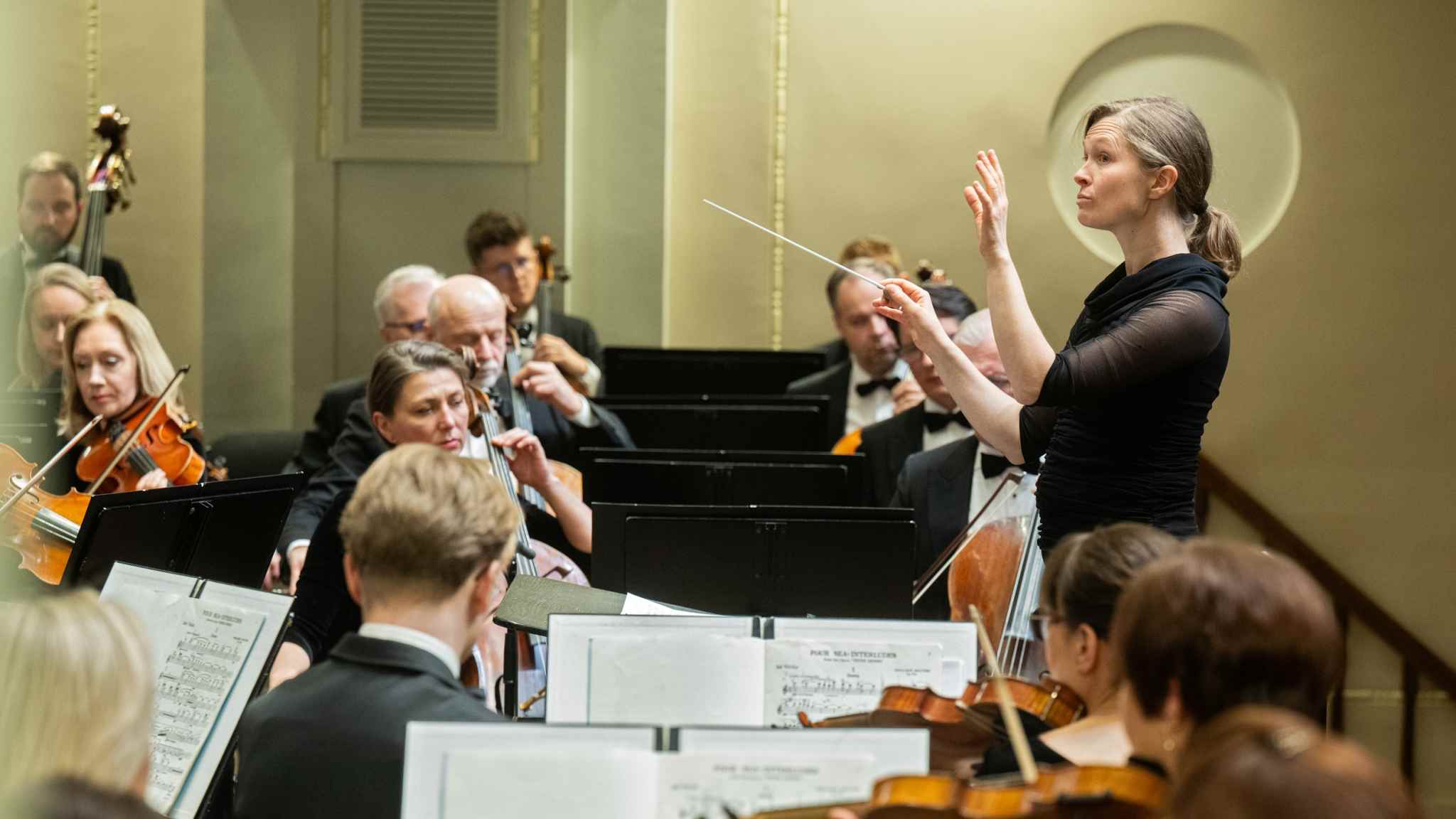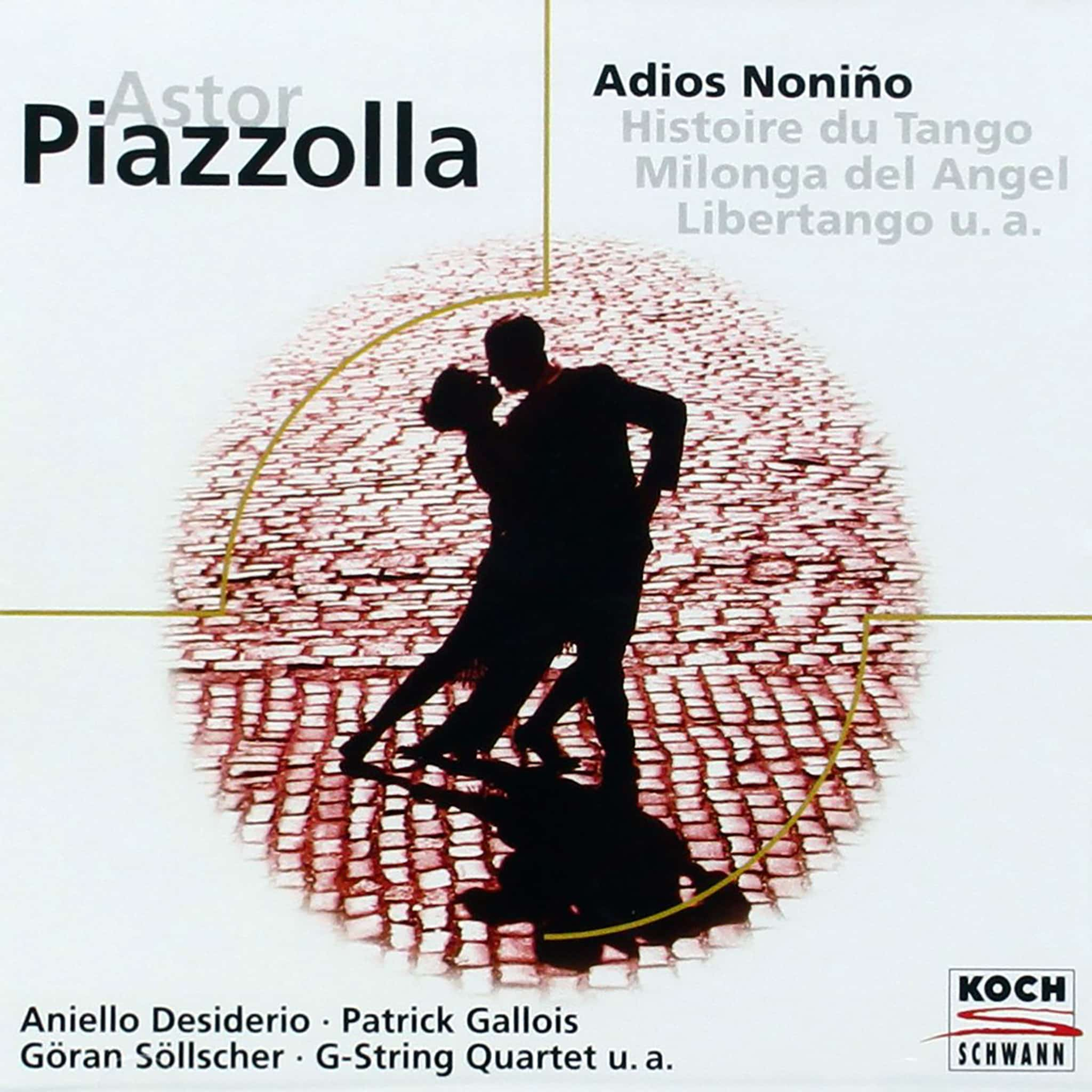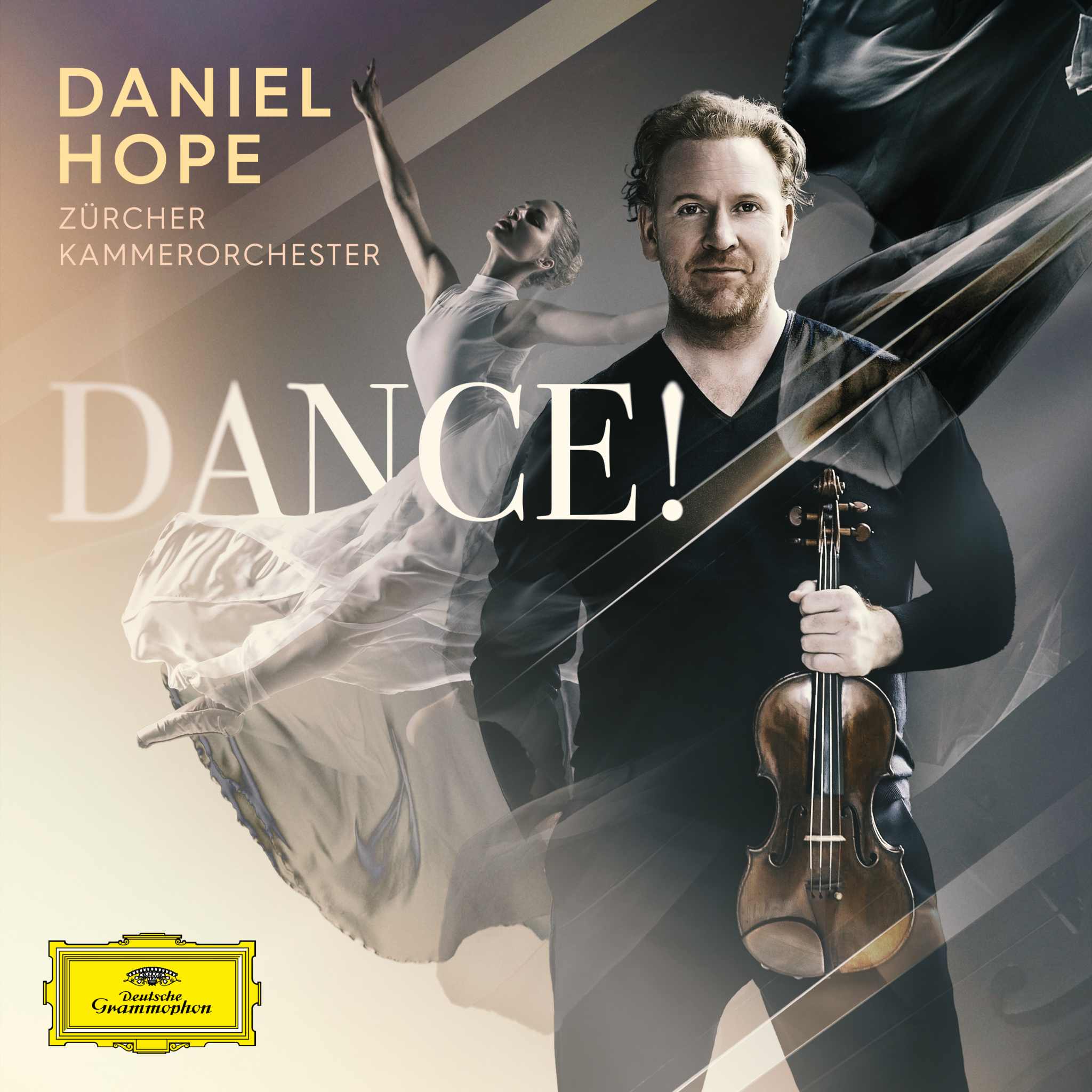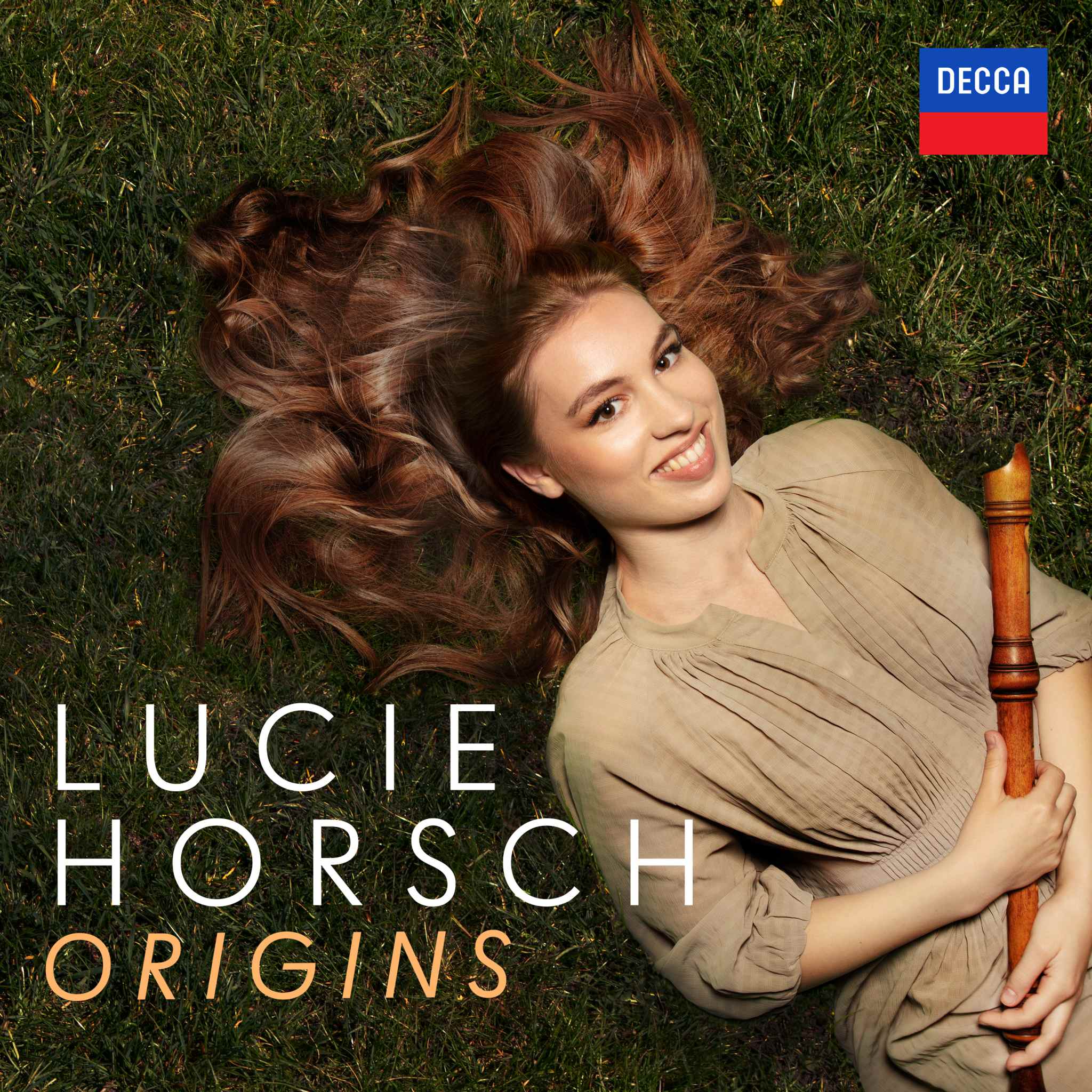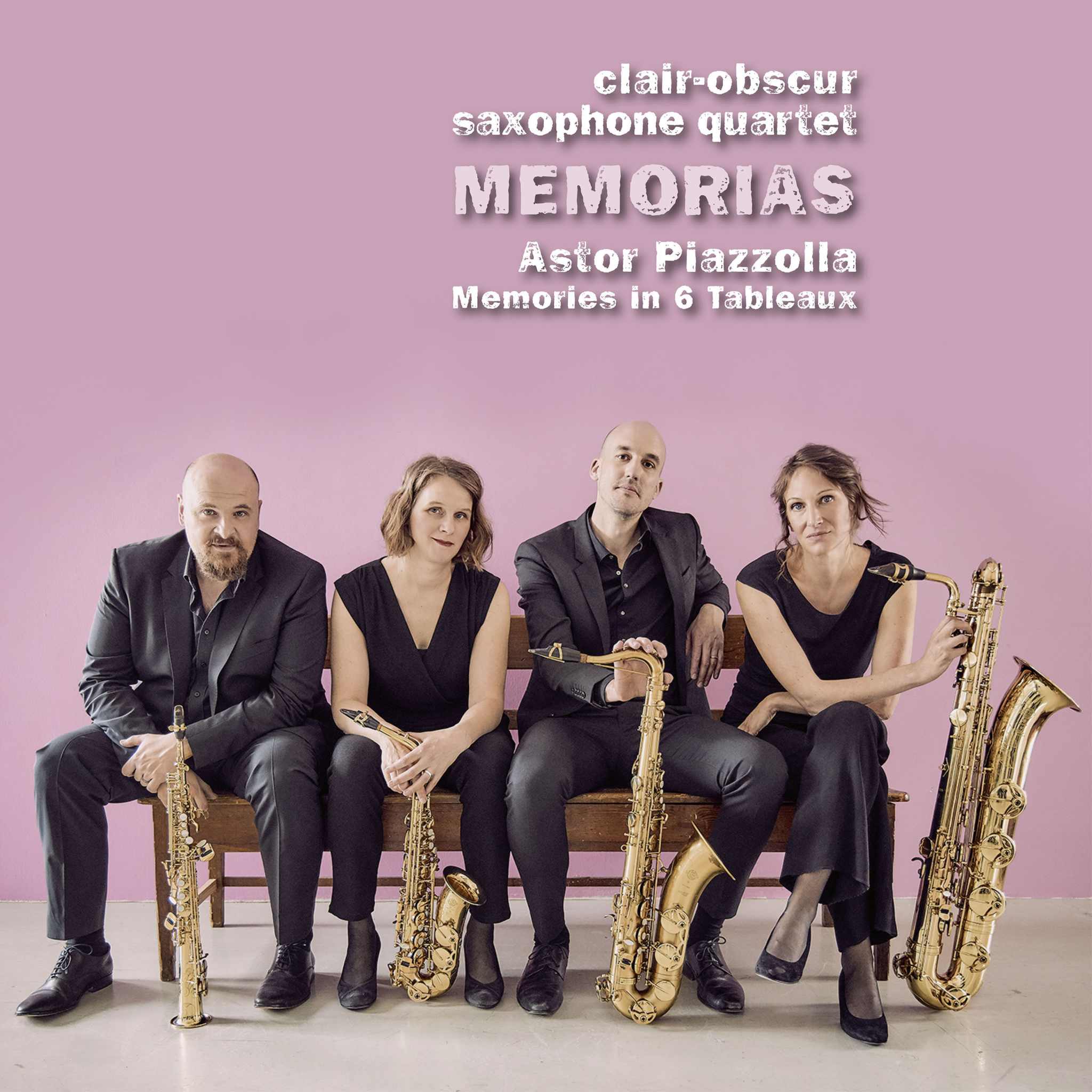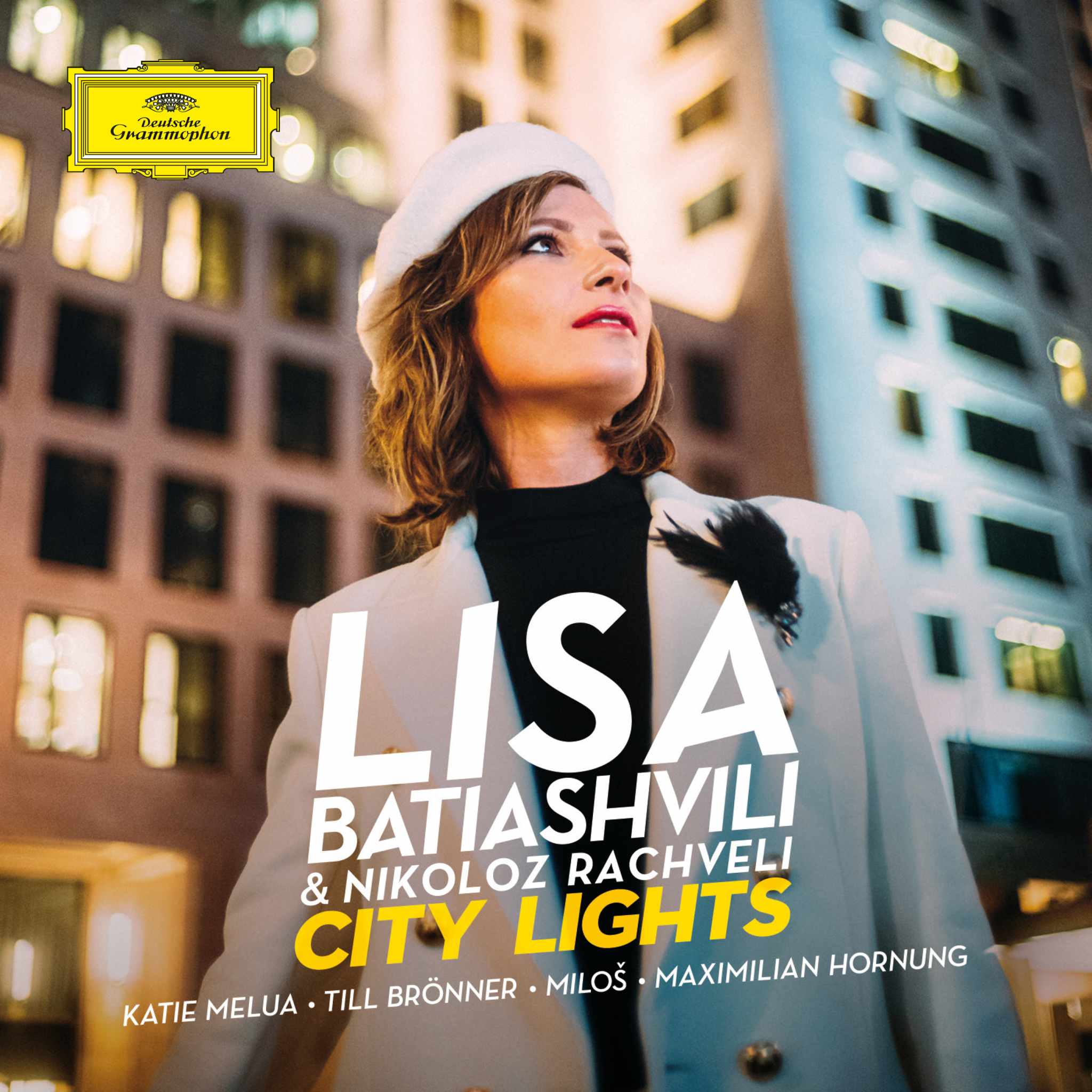The Musical Legacy of Astor Piazzolla
Astor Piazzolla's innovative approach to Tango carved out a unique place for him in the world of music, fusing together elements of jazz, modern classical, and traditional Tango. Born in Mar del Plata, Argentina, in 1921, Piazzolla profoundly transformed the tango tradition, creating a genre-defying music that resonated globally. After moving to New York in 1925, he was introduced to the bandoneon. He returned to Argentina in 1936, where he began performing with various tango orchestras in Mar del Plata before moving to Buenos Aires at age 17.
A Life of Music
Explore the life and career of Astor Piazzolla, from his beginnings playing the bandoneon in Argentina to his groundbreaking achievements as a celebrated composer and performer. Piazzolla studied with composer Alberto Ginastera starting in 1940 and, most significantly, with Nadia Boulanger in Paris, who encouraged him to embrace his Argentine roots and expand the expressive possibilities of tango music.
The Birth of Nuevo Tango
Piazzolla's unique blend of traditional Tango, jazz, and modern classical music gave birth to the 'Nuevo Tango,' a new genre that provoked controversy and acclaim in equal measure. He described it as “a popular chamber music that comes from the tango.” This innovative approach, initially controversial among tango traditionalists in Argentina, eventually gained international acclaim and redefined the genre.
Collaborations and Recognition
Despite initial resistance from traditionalists, Piazzolla's global collaborations with artists like Lalo Schifrin, Mstislav Rostropovich, and the Kronos Quartet solidified his reputation among Jazz, Classical, and World Music audiences. He assembled and led a series of ensembles, such as the Octeto Buenos Aires and the Quinteto Tango Nuevo, performing his own works and continually pushing musical boundaries. His modernized tango was notable for complex rhythms, harmonies, and sophisticated instrumentation, which appealed to both dance audiences and concertgoers.


